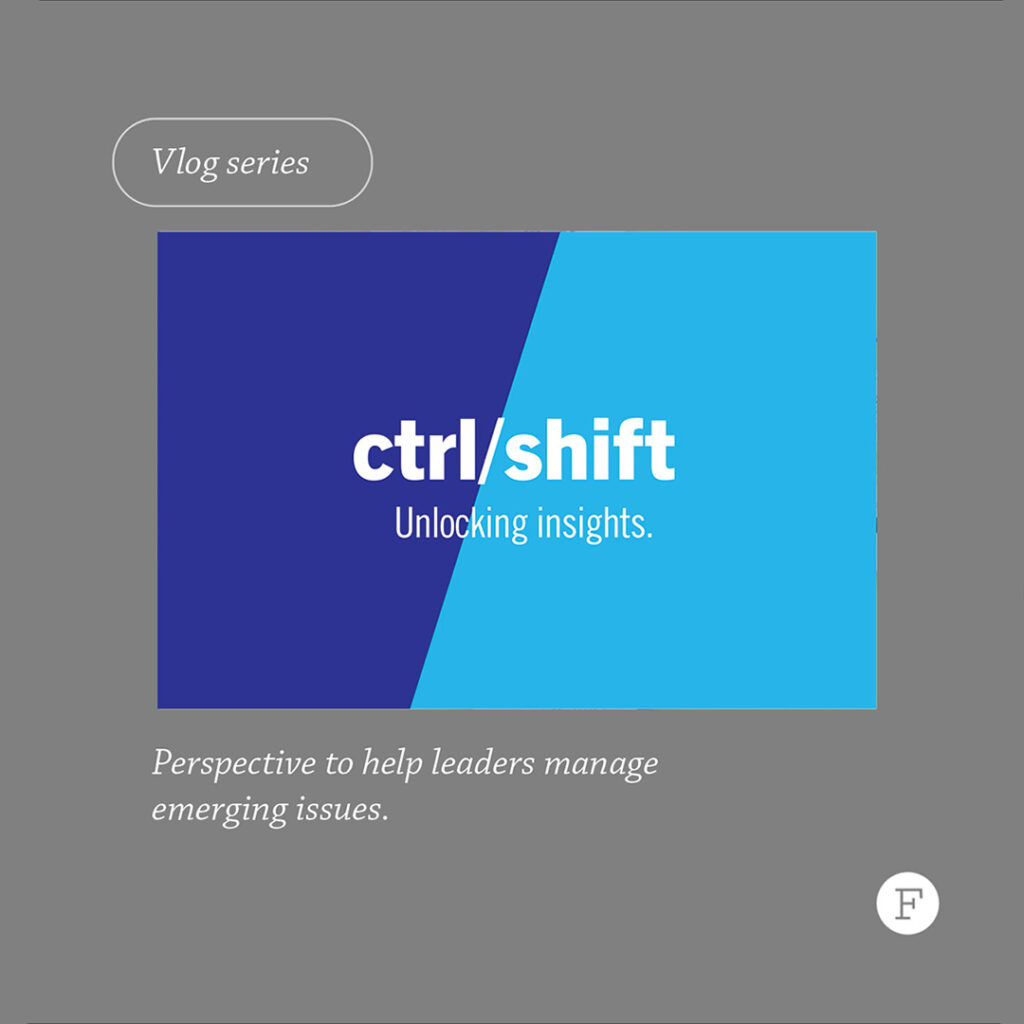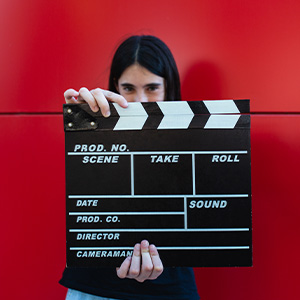
I’ve said it before. I’ll say it again. Creating engaging video content for your business isn’t about how expensive the equipment is or the production value – it’s about telling a compelling story.
You could produce it in-house or work with a professional videography team. You could have a small or large budget. All that matters is crafting a story that resonates with your audience. A well-thought-out and interesting narrative can elevate even the simplest product video, and while technical considerations are important, they’re secondary to a strong story.
We’ll talk about some of the production value considerations in a bit. But let’s start with what makes a story (and therefore a video) interesting.
How to tell a great story
There’s no magic formula. And this isn’t a complete guide to video production. But here are a few guidelines to point you in the right direction.
- Root your story in something your audience cares about. Too many business videos get produced according to what an organization wants to say about itself, not what the potential customers they’re trying to reach, and perhaps persuade, care about. Know your audience. What are they passionate about? What are they looking to learn? What attracts their attention or keeps them entertained? Now assess how you fit into that equation. Where does your voice belong in their world?
- Develop an easily understood concept. Regardless of how you might articulate your story, people must get it – right away. People need to understand what the video is about – what they’re signing up for, so to speak – within the first few seconds. If they’re at all confused, they’re dumping out.
- Your video must be different. If it says or looks or feels like every other video on whatever subject you’re addressing, why should anyone bother. Tell the viewer something they don’t know. Convey your message in a way that’s fresh, funny, thoughtful, or even challenging.
- A video’s length should never exceed someone’s attention span. If that sounds obvious, think about all the 15-second videos you’ve watched that felt too long, or the 30-minute videos you’ve watched that left you wanting more. Take the product demonstration video. If you’re showing bakers how to use an electronic kitchen scale – you can probably tell that whole story effectively in less than a minute. On the other hand, a minute would likely never be enough time if you’re an engineering firm trying to demonstrate your production line test equipment. The engineers you’re selling to thrive on details, whereas a general consumer looking to get their kitchen scale working right away just wants the bare minimum.
- Authenticity matters. Are you the right person or company to tell this story? Ask yourself that question before you start shooting. Seriously. The story needs to be in your wheelhouse. If you’re stretching into areas where you’re not perceived as an expert on the subject matter, you’re setting yourself up for failure. You don’t have to weigh in on everything going on in the world, hot trends, conversations, what have you. If your subject matter pulls you away from who you are, that’s a warning sign. Too many companies, in the misguided quest to become “relevant,” produce videos that go beyond who they are as a brand, and they come off like desperate kids trying way too hard to be popular.
How do we make a video?
Okay, let’s say you have your great idea. Your next decision is whether to create videos in-house – using whatever expertise or equipment you might have – or hire a professional producer or videographer.
First question, if you’re thinking about shooting in-house, do you have the right equipment to produce a video yourself? At a minimum, here’s what you need.
- A good quality camera. There are advantages to professional grade equipment (which has come down in price over the years), but for the videos you might want to produce, your smartphone camera will likely do a nice job. The resolution on most modern smartphone cameras is terrific. That said, the camera is less important than the person operating it. What you need to create professional-looking videos is a camera operator who understands framing and how to make elegant movements. Someone who makes great choices in what to focus on and what to leave out. A great videographer can make a movie-quality video, even with inexpensive equipment.
- Stability. You’ve seen them. Unsteady videos that lurch all over the place. Jerky movements. Subjects coming in and out of focus. Get a tripod. Get a gimble. Use the stability feature on your smartphone if it has one. Unless you’re shooting the next The Blair Witch Project, you’re going to want a stable picture and fluid movements.
- Clean audio. Could you capture audio using your smartphone’s microphone? Maybe. If you did, it would be awful, most likely. At least by professional video standards. Remember, the microphone for the smartphone is attached to the smartphone. This means you’re going to need to stay close to whoever is speaking to pick up what they’re saying clearly and without interference. Get a microphone. Your best options are a lavalier (clip-on) or boom mic. The trendy small microphones may not work well in some situations, but the technology is getting better. The mic should be something with a directional pickup pattern that will zero in on the audio you want to capture and filter out any ambient noise that might creep in. (Ever been burned by a ventilation system hum?).
- Lighting. A question we get all the time. Are those ring lights that social media influencers use good enough to light my type of video? Depends. If all you’re doing is lighting a single face not too far from the camera, then sure. If you have grander, more complicated aspirations, probably not. Lighting is important and can sometimes be complicated. Shooting outdoors? Sunlight can be an issue. Depending on the angle and time of day, you could get shadows in all the wrong places. Lighting multiple people on a set or against an inconsistent background? You could have hot spots that blot out what you’re trying to focus on. Again, some basic lighting equipment isn’t expensive. Having a single fill light on or near the front of the camera to keep your subject illuminated is good advice. And smartphones have built-in functionality that allows you to take pretty good video in imperfect situations. And yet, a lot of videos get produced where people have raccoon eyes, or the background dominates what’s in the foreground. Proper lighting draws your attention to what you want people to focus on and adds clarity and depth.
- Editing. There are a lot of video editing packages and good, free editing software out there. PC Mag provides a good list of better-rated ones. But it’s the same story with editing as it is with the camera. Great results have more to do with the person operating the equipment than the equipment itself. A good editor knows how to make edits that string together a cohesive narrative from sometimes disparate clips, how long to linger on shots, the best ways to transition between them, how to control the pacing, and a lot more. Just because you buy an editing software package doesn’t automatically turn you into a skilled editor. That said, with some time and practice, people can learn.
If you’ve read all of this and think, yeah, I’m comfortable spending the money to acquire the equipment I need to produce the kinds of videos I want to make, and I have some talented folks who know what they’re doing, then maybe taking digital video production in-house is right for you.
On the other hand, if you’re feeling a little overwhelmed by it all – it’s OK. There’s help. There are a lot of talented videographers and editors out there who are reasonably priced and who have the equipment you’ll need for your shoot and editing.
But here too, storytelling matters. You can shoot something professionally. It could look technically flawless. You might even jazz it up with some sophisticated motion graphics. But at the end of the day, if your story isn’t compelling, you could wind up with a very flashy – but very boring and unwatchable – video.
At Falls & Co., we strike the balance. We’re expert storytellers and producers. We work with clients on crafting a story and then, using our expertise and connections to myriad professionals in the video production industry, we source, spec and price the proper resources we’ll need to bring your story to life, regardless of your budget.
Wanna talk more? Reach out to us if you have questions.
Annnnnd action!

